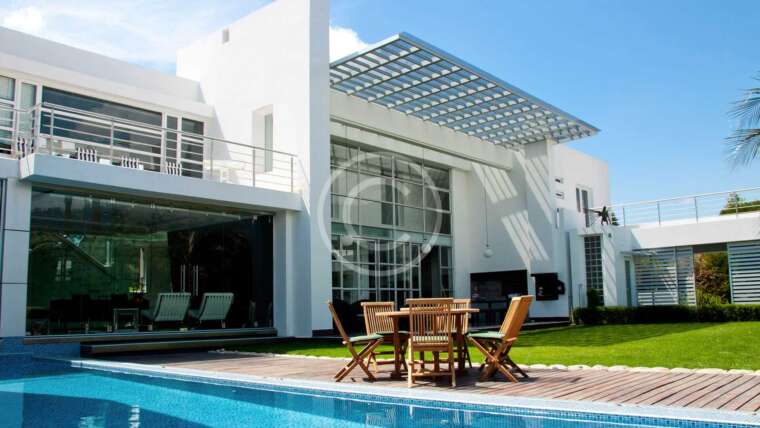Deciding whether to install a heated or unheated swimming pool outside depends on several factors including climate, budget, intended use, and personal preferences. Here’s a breakdown of the considerations for each type:
Heated Swimming Pools
- Extended Swimming Season: Heated pools allow for year-round swimming regardless of the weather. This is particularly beneficial in regions with cooler climates, where unheated pools would be too cold to use outside of the warmer months. According to the International Swimming Pool and Spa Association (ISPA), a heated pool can significantly extend the usability of the pool from a few months to the entire year.
- Comfort and Enjoyment: Heated pools offer a more comfortable swimming experience. Water temperatures can be maintained at a level of 78°F to 82°F (25°C to 28°C), which many find optimal for swimming. The consistent temperature also makes heated pools ideal for relaxation and therapeutic purposes, helping to reduce muscle tension and promote recovery.
- Energy Efficiency and Costs: While heated pools do require an initial investment for the heating system and ongoing operational costs, advancements in heating technologies like solar heaters, heat pumps, and automatic covers have made them more energy-efficient. The initial cost of installing a heating system can be offset over time through reduced energy bills. The U.S. Department of Energy notes that heat pumps are an energy-efficient option, costing less to operate compared to gas heaters.
- Aesthetic Considerations: Heated pools can enhance the aesthetic appeal of a backyard, especially in cooler climates. They can be used for evening swims under lights, which can be a beautiful addition to an outdoor space.
Unheated Swimming Pools
- Cost-Effective: Unheated pools are generally less expensive to install and maintain. They do not require a heating system, which can be a significant cost saver. According to the ISPA, the initial installation cost of an unheated pool is typically lower since it doesn’t require additional infrastructure for heating.
- Natural Feel: In warmer climates, unheated pools are quite common. They offer a more natural swimming experience as the water temperature is influenced by the environment, often staying cool during the day and warming up slightly in the sun. This is especially desirable for outdoor pools that are used during the hot summer months.
- Maintenance: Unheated pools are easier and less expensive to maintain since they don’t have heating systems that need upkeep. The maintenance costs for heating systems can be a significant part of a pool’s operating budget, as highlighted by the ISPA.
- Ideal for Warm Climates: In regions where the climate is warm for most of the year, an unheated pool can be a practical and cost-effective option. Pools in these areas do not require heating to be comfortable for swimming for much of the year.
Choosing Between Heated and Unheated Pools
- Climate: If you live in a cooler climate, a heated pool might be more suitable.
- Budget: Consider the upfront costs and the long-term expenses associated with heating.
- Intended Use: If you plan to use the pool year-round, a heated option will be beneficial.
- Personal Preference: Some prefer the natural, cool water of an unheated pool, especially for swimming during hot days.
Each option has its benefits, and the choice should align with your specific needs and preferences. For more detailed information, you can visit the International Swimming Pool and Spa Association or other related resources.



